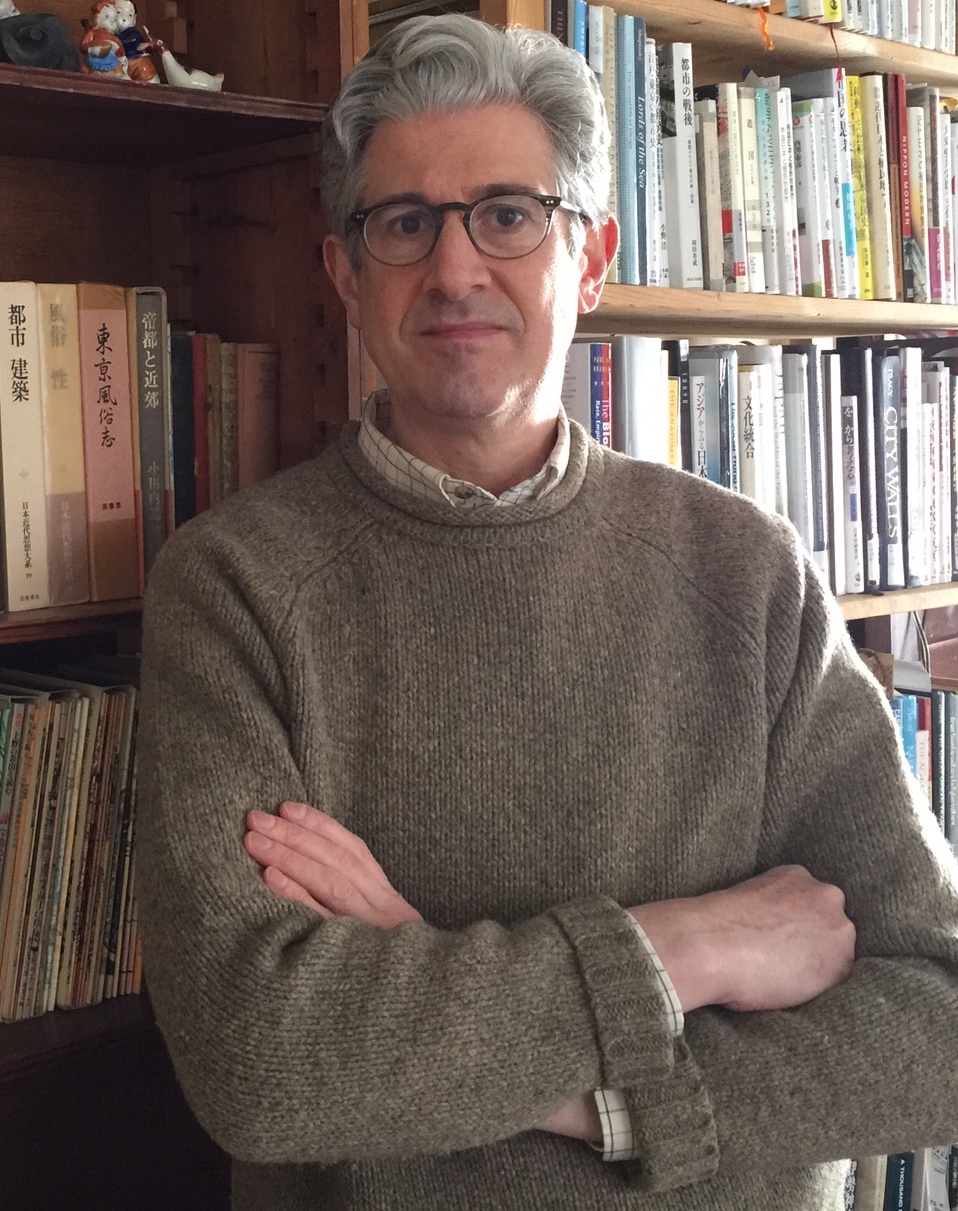
Jordan Sand
Abe Fellowship 2014
Project Title
A Tokyo Model? Lessons for Contemporary Asian Megacities from Local Microhistories of Housing and Infrastructure Development in Tokyo Institutional Affiliation (at time of award)
Professor, History, Georgetown University 